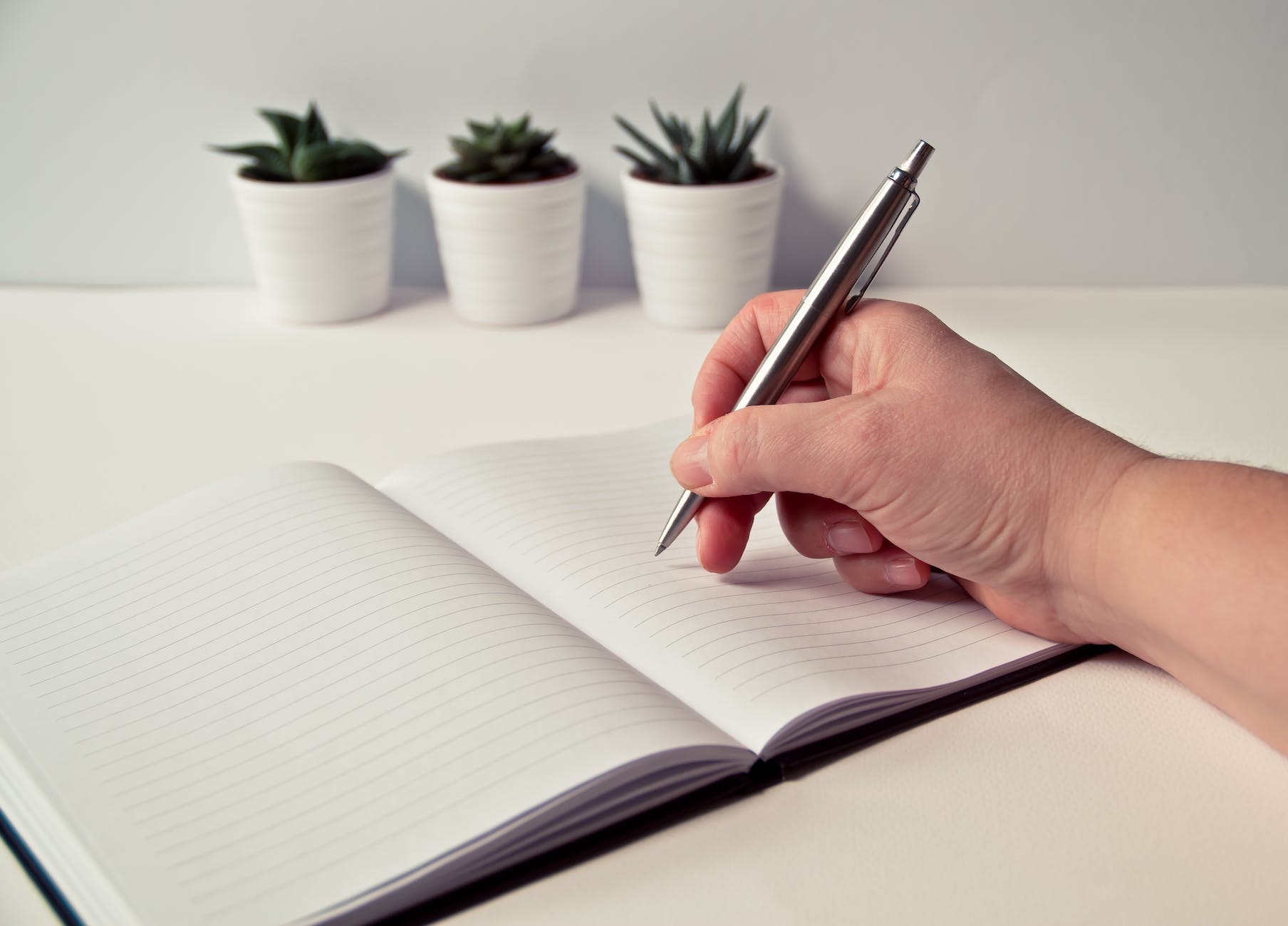
For many writers, silence—full of potential and hesitation—can feel simultaneously rich and unbearable. We long to write, to shape thought into language, to move the idea from the interior chamber of the self into some shared terrain. And yet we resist. We distract ourselves. We rehearse the moment of beginning without quite entering it. The cursor blinks. The mind loops. The feeling grows that something must be resolved—cleared, conquered—before the writing can begin.
Mindfulness offers another way.
To write mindfully is not to wait for the perfect conditions, but to enter the imperfect ones with attention and care. It is to befriend the silence, rather than avoid it. It is to recognise that clarity does not descend fully formed from on high, but arises gradually through relationship—with language, with mood, with the flickering mind itself. At its heart, writing is an act of intimacy: with our own thoughts, with the complexities of truth, with the reader we may never meet. And like all acts of intimacy, it benefits from presence. It flourishes in the absence of harshness, when control gives way to curiosity.
The mythology around writing tends to encourage the opposite. We are taught, implicitly or otherwise, that inspiration is rare and capricious, that a successful writer must discipline themselves ruthlessly, that the creative mind is both gift and burden. From this perspective, the writer’s job becomes one of wrangling: taming the wild impulse, dragging the idea across the threshold of productivity, pushing through inertia with sheer will. But this model creates a peculiar estrangement. The act of writing becomes adversarial. We are no longer in dialogue with our thoughts but in conflict with them. The page becomes a site of pressure rather than possibility.
Mindfulness undoes this subtle violence. It invites us to return to the writing process not as a battleground, but as a place of noticing. We begin to pay attention not only to what we want to say, but to what is happening as we try to say it. We notice the quickening of the breath when a sentence feels too vulnerable. We notice the flicker of doubt when the prose doesn’t match the inner image. We notice the impulse to check email, scroll, tidy the desk—anything but face the discomfort of uncertainty.
And then, rather than judge ourselves for these things, we soften. We stay. We write from within the mess rather than waiting for the mess to resolve.
This kind of writing is slower, yes. But it is also truer. When we learn to tolerate the moment of unclarity—when we stop fleeing the fog and start writing from within it—something begins to shift. The words that emerge may be halting, but they are honest. The rhythm that arises may be uneven, but it carries the weight of attention. And from this attention, something unexpected can unfold. We find ourselves saying what we didn’t know we knew. We surprise ourselves. We write not to assert, but to discover.
In this way, mindfulness is not simply a technique for calming the nervous system. It is a stance. It is a way of approaching the creative process with respect—for ourselves, for the material, for the reader. It acknowledges that the mind, left to its own devices, will often resist the work it most wants to do. Not out of laziness, but out of fear. The fear of not being good enough, not being original, not being able to finish. These fears are ancient and deeply human. But they are not the end of the story.
Through mindfulness, we begin to recognise these internal dramas for what they are: patterns, not truths. A thought is just a thought. A mood is just a weather system. They pass. And if we can learn to observe them rather than obey them, we free ourselves from their grip. We become less entangled. We make space for the writing to emerge on its own terms.
Of course, this requires a kind of humility. The mindful writer does not approach the page with the assumption of mastery. They approach with openness. They are willing to be surprised, to be wrong, to revise not just sentences but assumptions. They listen. And this listening begins long before the first word appears. It begins in the body—the breath, the posture, the quiet scan of inner state. How am I today? What is present in me right now? Not: what do I want to write about, but: where am I writing from?
This simple pause—this moment of turning inward—can change everything. It can prevent the unconscious projection of stress onto the writing task. It can reveal the source of resistance. It can allow a more grounded voice to emerge, one less driven by ego and more attuned to truth. In this way, writing becomes a form of meditation. Each sentence is a return. Each revision is a reckoning. Each paragraph is a field of attention.
This does not mean the process becomes easy. Writing mindfully is not a shortcut to flow. On the contrary, it often requires more patience, more willingness to linger with discomfort. But it also brings a deeper reward. The writing begins to feel less like a performance and more like a practice. We are not trying to impress. We are trying to see clearly.
And that clarity—when it comes—is not just about language. It is about alignment. The writer begins to feel aligned with their own voice, their own rhythm, their own pace. They stop comparing themselves to imagined others. They stop chasing an abstract standard. They begin to trust their process, even when it feels slow or strange. They begin to recognise that inspiration is not a bolt from the blue but a byproduct of attention. That the well of creativity refills not through pressure, but through presence.
In this spirit, many writers find it helpful to create small rituals that anchor them in mindfulness. Not elaborate routines, but subtle cues—a brief pause before beginning, a few breaths with the eyes closed, a wordless acknowledgment of the moment. These rituals are not about superstition. They are about orientation. They remind the writer that this work, however ordinary, is sacred in its own way. That to sit down and listen inwardly, day after day, is an act of both courage and care.
Sometimes, of course, the writing does not come. The mind is scattered. The ideas are half-formed. The inner critic is loud. Mindfulness does not banish these moments. But it changes our relationship to them. Instead of pushing through or giving up, we stay curious. We ask different questions: What is happening here? What am I afraid of? What part of me is not yet ready to write? And sometimes, the most important work a writer can do is not to write, but to listen. To let the stillness speak. To honour the pause, not as failure, but as part of the rhythm.
In the long view, what mindfulness gives to writing is not just clarity and inspiration, but resilience. It teaches us how to return. To begin again, without shame. To meet the page as it is, and ourselves as we are. This is not merely a mental skill; it is a spiritual one. It asks us to drop the mask. To write not from performance, but from presence. And in doing so, we make room for something deeper to come through.
Writing, in this mode, becomes less about control and more about conversation. A dialogue between self and world, between language and silence. We no longer need to force meaning; we allow it to emerge. And when it does, it carries the subtle texture of truth—not just what is said, but how it is said. Not just insight, but tone. That particular cadence of voice that can only arise when the writer is fully present to their own experience.
And so the invitation is simple: write as you are. Let the writing be an act of awareness. Let the process teach you something about your own mind. Let it be less about making a point and more about making contact—with yourself, with the page, with the invisible reader who may be longing for the very thing you are about to say.
Let writing become a place of return.
Let it be a home.
Unlock your potential with mindfulness! Discover how a few mindful moments can help spark breakthrough, overcome blocks, and transform your personal and professional journey. Subscribe to my blog today for more on the art of being present.

If you want to start putting these ideas into action, you can sign up for Integrative Meditation (Level 1). This course represents the culmination of years of learning, practice, and personal growth. Integrative Meditation is a comprehensive framework designed to enhance your mental and emotional well-being. It draws on Mindfulness-Based Cognitive Therapy (MBCT), positive psychology, neuroscience, Acceptance and Commitment Therapy (ACT), journaling, and breathwork to support you in reducing stress, enhancing focus, building emotional resilience, and discovering your true self.


